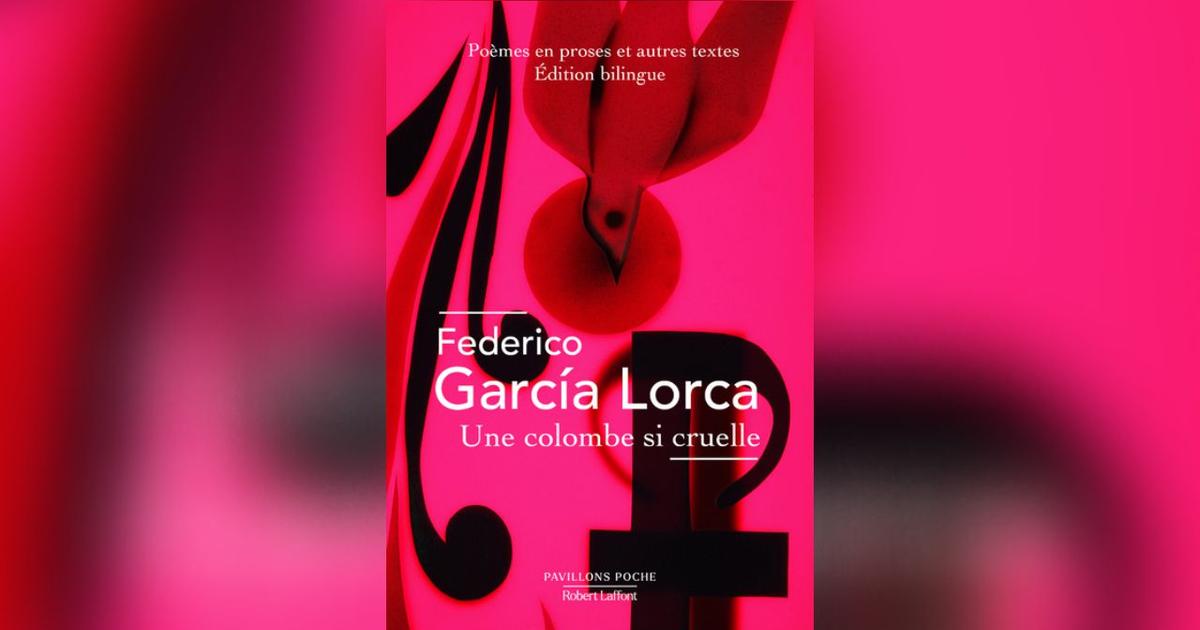Thucydides statue.
“Thucydides in the
American Letters newsletter?”
, one of the editors of this newspaper asked me, shocked.
“Of course, it is also at the origins of our tradition, or what did you think, that only in Santander could they cite it?
Furthermore, it is only the beginning, a pretext, then, to get to the point of pandemics.
And it's summer, people have time to read a slightly longer installment”, I replied and clung to what follows.
“There was nothing the doctors could do due to their ignorance of the disease they were treating for the first time;
on the contrary, they themselves were the main affected because they were the ones who were closest to the sick;
neither was any other human science of any use, ”Thucydides wrote almost 2,500 years ago, in what is considered the first report on the disease in history.
It was 430 BC and the last great epidemic that ancient Athens experienced caused havoc, sadness and mourning among the population of that capital, but also from many other places and from many other latitudes: just like now, viruses and bacteria arrived there where men arrived, pushed by the anxiety of trade, wars of conquest or the desire to expand one's sights and to know the unknown.
Of course, there must have been others, besides Thucydides and not only in Athens, who then wrote texts about that disease and whose letters, like those of the Greek, could also have been recognized as the first report.
The first report or the first literary piece on the disease: “In the other cases, however, without any reason to explain it, in full health and suddenly, it began with an intense sensation of heat in the head and with a redness and inflammation in the eyes;
inside, the pharynx and the tongue were immediately injected, and the breathing became irregular and gave off a fetid breath.
After these symptoms, sneezing and hoarseness ensued, and in a short time the illness descended to the chest accompanied by a violent cough;
and when he looked at the stomach, it would churn and vomiting would come with all the bile secretions that have been detailed by the doctors, and they would come with terrible discomfort.
On the outside the body was not excessively hot to the touch, nor was it yellowish, but reddish,
purple and with a rash of small blisters and ulcers;
but inside it burned in such a way that the patients could not bear the contact of very light clothes and linens or be otherwise naked”.
What a mix of covid-19 and monkeypox, that disease.
journalism and literature
I bring all this on account, in addition to making the bearded editor furious, as I already said, for two other equally fundamental reasons, dear reader: first, because this installment of our
American Letters,
a particularly current installment of the tour of the territories of our literatures and traditions, has as its central character the covid-19 coronavirus —the impact of this disease in our region, in fact—, and, second, because it also helps us to put it aside or to go over it, running over it and leaving it in oblivion, that particularly Byzantine discussion that seeks to separate reports and journalistic work, in general, from literary work, as if they could not be, in many ways, literature and, best of all
, La sombra del Caudillo,
Operation massacre
and
The tribe,
or as if they were not, in many ways, journalism and the best
Santa Evita,
A criminal novel
or
Hurricane Season.
But well, aside, running over the latter, let's continue with the topic that really matters here: I say that this installment of our newsletter is particular not because we are going to talk about newspapers and reports, but because its topic is not exclusive to our region. , despite the fact that this has been especially affected, just as I say that it is uncomfortable, not to say painful, because almost everything that this scab has left us with has been painful, and it still itches and to which, naively, we wanted to see some opportunity, without being capable, furthermore, of noticing that another crust would come later that would indeed be such: “We force ourselves to learn to reuse, to be moderately aware of our garbage production.
All this, perhaps, just to make room for the new intensive disposal of masks, for the new mass presence of rubber gloves,
to the constant prophylactic emissions of aerosols, to the twenty seconds of water running from the faucet while we try to hold on to the soap.
They say, the most optimistic, that 2020 will leave, after the devastation, the clean space to rebuild the world, and, perhaps also, to continue diversifying the ways of destroying it along the way”, he wrote in his pandemic diary, which would end up being
The notebook of the end of the world,
the Guatemalan writer Vania Vargas.
Before the coronavirus
The relationship between our literatures and the pandemics that have ravaged Latin America is long and paradoxically prodigal: from the first that we have a record of after the voyages of Christopher Columbus, that is, during the wars of conquest, wars that, by the way, helped define -smallpox, the one from before, the one that did not come from the monkey, feeds many of the best pages of
The Chronicles of the New World,
as well as many of the first stories of the colonial era-, until the one immediately prior to that of the covid-19 (or parallel, actually, if we accept that both are still among us), that is, that of HIV, a pandemic that, like no one else, turned Chilean writer Pedro Lemebel into literature, in the chronicles that shape
Loco afán
, the Colombian Fernando Vallejo, in
El desbarrancadero
—”At that moment I asked God that the laboratory technician had made a mistake, that he had confused the bottles, and that the result was the other way around, mine positive and his negative.
But no, God does not exist, and proof is the fact that he was already dead and here I am still remembering him”—, and the Peruvian-Mexican Mario Bellatin, in
Salón de Belleza,
where an esthetician becomes the mortiser to whom various infected characters arrive to spend their last days there.
And it is that, I already said, as it happens in other latitudes, our writers
Mexican writer Fernanda Melchor poses for a portrait in the city of Puebla.
Hector Guerrero
and female writers have made pandemics a literary theme: I am thinking of
Ester Primavera,
by Roberto Artl, where a tuberculous patient turns the impossibility of love into the symptom of his illness, or in
For a grave without a name,
by Juan Carlos Onetti, where that same disease, also known as the white plague, is the very spirit of the story, just as I am also thinking of pandemics whose literary immortalization hardly needs to be named, such as cholera, but also of pandemics that did not happen or, better yet, prophesied, such as those of
The Days of the Plague,
by Edmundo Paz Soldán, or
The Transmigration of Bodies,
by Yuri Herrera: impossible to read this latest novel without feeling chills, because it is a window that shows us in full color what we would have to live with covid-19.
And I am also thinking of less obvious but equally deadly and devastating pandemics, such as extreme poverty —in this case, perhaps, one of our greatest works is
Montacerdos
, by the Peruvian Cronwell Jara: “Before Yococo rode with mastery never seen his Celedunio pig, in the pig race;
before the police horses broke his bones and he went around like the immortal;
the sore on his head was still so small that I never imagined that a spider bite would cause a sore capable of flooding the world with putrefaction, that is, what is called this hell of wasteland and shacks, as small as a louse, that when he wonders what it's called: ah, yes, the town, they say, Montapigs”.
Let's not leave Peru
Neither Peru nor the scenarios that that extraordinary writer that Jara was —one of those to whom recognition has not done them justice— rightly calls clearing hells and shacks, because a good part of
Something Ours on Earth takes place there,
the Joseph Zárate's latest book, in which literature disguises itself as a chronicle to give an account of "the last of the line" —as opposed to the medical personnel who occupied the front line who were so applauded—, that is, the owners and workers at a funeral home whom no one seems to notice and whose work is overwhelmed by the deaths left by the pandemic.
While recounting Venezuelan migration, Zarate, whose writing is a scalpel —”you look at the ashes and you cannot know if that person had successes or failures, if he was Venezuelan or Peruvian, if he had children or if he killed someone.
We are all the same when we are already dust.
That's what I learned in the crematorium ”-, he presents the exhausting days of the corpse gatherers and oven managers, as well as the endless labors of the undertakers of the second largest cemetery in South America.
And it's through the voices of those gravediggers — “Once a fat leg came, a parapsychologist who said he could see ghosts.
There are dogs out there that have fleas and can't sleep.
And he told me: look how the dog gets annoyed, it's for the souls” – that Zárate flies over the tragedy and reaches dazzling heights.
Like the heights that fill the pages of
The End of the World Notebook,
by Vania Vargas: "The nearest future will, without a doubt, be remembering."
coordinates
The End of the World Notebook
was edited by Celsius232.
Something About Us About Earth
was published by Random House, as was
Hurricane Season.
There are several editions of
Montacerdos
, including that of the Chilean publisher Montacerdos, whose name is a tribute to Jara's book.
Beauty salon
and
El loco afán
have several editions.
El desbarrancadero
was published by Alfaguara, as were
A criminal novel
and
Santa Evita.
The transmigration of bodies
reached bookstores thanks to Periferica, while
The days of the plague
It is in the Malpaso edition.
There
are also various editions
of The Shadow of the Caudillo, Ester Spring
and
For a Nameless Tomb .
Operation Massacre
is in the Peripheral edition and
The Tribe
in the Sixth Floor edition.
Subscribe here
to the
newsletter Letras Americanas.











/cloudfront-eu-central-1.images.arcpublishing.com/prisa/KMEYMJKESBAZBE4MRBAM4TGHIQ.jpg)


/cloudfront-eu-central-1.images.arcpublishing.com/prisa/EXJQILQR5QI7OMVRTERD7AEZAU.jpg)
